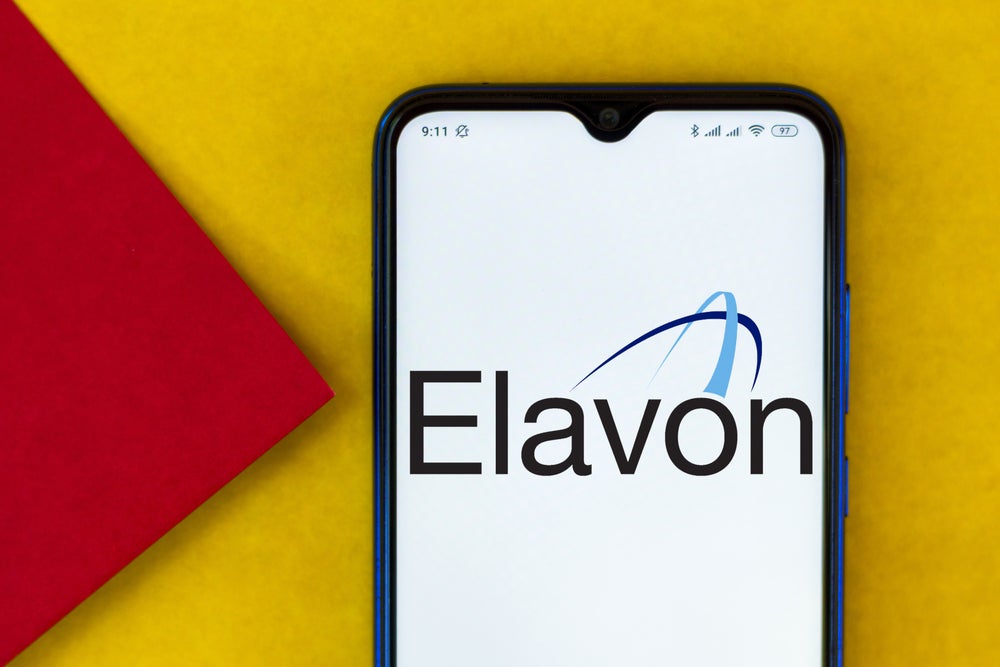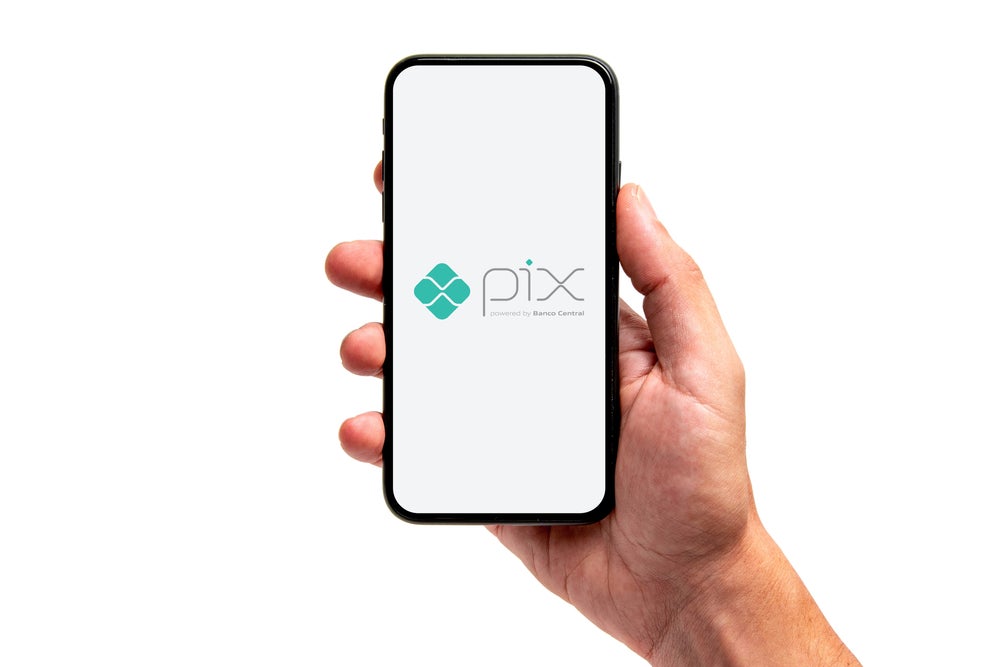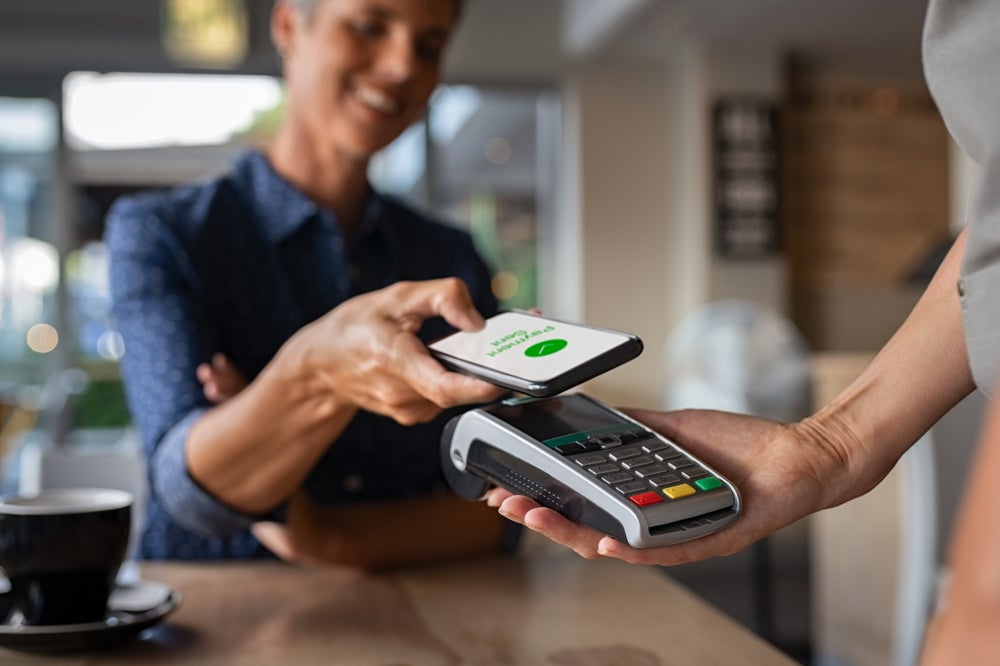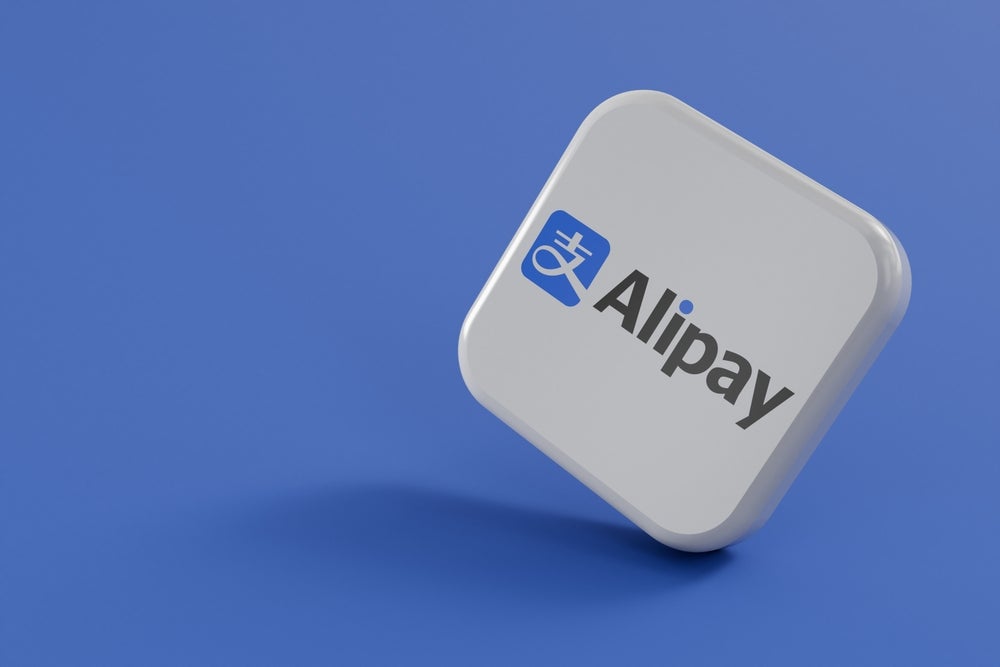2017 saw much talked about technologies such as the Internet of Things (IoT), fast become reality. Our smartwatches are starting to pay for travel including taxis and our smartphones are just beginning to become a universal tool to buy and pay everywhere.
In 2018, I believe that we will start to hear a lot more about larger devices that will soon process payments for us. For instance, we will see the beginnings of cars that are automatically able pay for fuel and parking fees.
With that scenario in mind payment will have to become a silent, smooth and automatic process and only payment methods that support this will have a future. We need established payment brands that consumers already trust.
We’ll just need to consider how we would want our car to pay for fuel. Credit card, PayPal or our company fleet card? Handing that process over to our devices will be a big change in consumer behaviour. There will be winners and losers. I believe that new payment brands with no history or trust would keep consumers from embracing new technology and would slow the process down. Established brands will probably make the decision easier.
Other technologies to hit the headlines a lot this year have been virtual and augmented reality. China’s e-commerce giant Alibaba was ahead of the game with VR Pay, which allows virtual reality shoppers to browse through virtual reality shops and malls and pay for things simply by nodding their head. Shopping identity is verified through authenticated account logins on connected devices with passwords, or using voice identification technology designed to recognise unique voice patterns of a person.
Whilst not mainstream yet, the leisure, hospitality and retail sectors are all looking for opportunities to commoditise virtual worlds with virtual shop shelves, augmented and 3D product views. These technologies can provide real opportunities to bring visual representations of goods more in line with their physical reality. A particular plus for mail-order and e-commerce companies.
How well do you really know your competitors?
Access the most comprehensive Company Profiles on the market, powered by GlobalData. Save hours of research. Gain competitive edge.

Thank you!
Your download email will arrive shortly
Not ready to buy yet? Download a free sample
We are confident about the unique quality of our Company Profiles. However, we want you to make the most beneficial decision for your business, so we offer a free sample that you can download by submitting the below form
By GlobalDataApplications like these open up new possibilities for online purchases, but also present new challenges at the checkout: entering billing and delivery addresses is far from plain sailing in a virtual space and media disruptions are to be expected. Straightforward navigation and easy shopping also call for simplified payment processes. One-click buttons are becoming more and more prevalent. By positioning them in the shopping cart or even at item level, innovative payment schemes are hoping to appear on the screen as early as possible in the payment process and stay one step ahead of other payment schemes. And, at the same time, the customer benefits as the payment process becomes easier for them.
Whether you’re a fan of virtual reality or not, what’s clear is that virtual reality is by no means simply the stuff of movies. It will become a new sales channel. Businesses, and the payments ecosystem supporting them, must transform in order to offer safe and easy to use virtual shopping experiences for customers.
Ralf Gladis is CEO of payment service provider Computop







